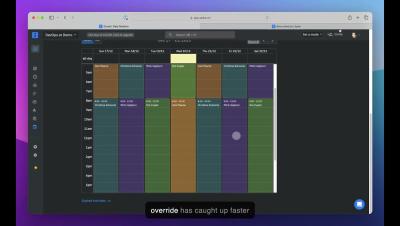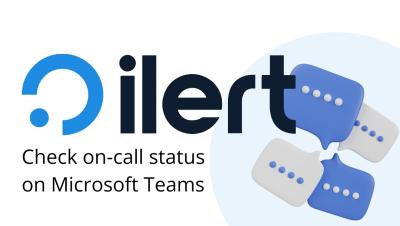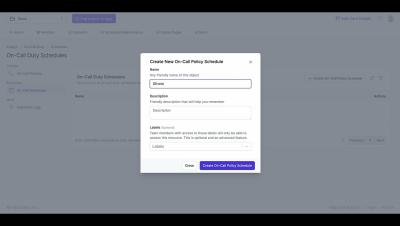Operations | Monitoring | ITSM | DevOps | Cloud
On Call
A practical approach to on-call compensation
Create Follow the sun Oncall model
How to take someone else's on-call shift in ilert
Practitioners Share How They Remove the Fear of On-Call
Being on-call isn’t likely to be the most enjoyable aspect of a job. In fact, there might be a certain level of stress and fear around engineering teams about going on call: maybe the page will be missed, or maybe a page will come in at 2am and require troubleshooting a production issue for hours.
On-Call Software Engineer Roles and Responsibilites
Most software engineers know that they are typically tasked with on-call shifts, but new software engineers entering the field may be asking themselves – What do I even do if I get scheduled for an on-call shift? This is a common question that often doesn’t get answered until that first on-call shift, and unfortunately that can be overwhelming for a young professional who is nervous about their first on-call shift, let alone their first incident.
Setting the foundations for on-call that's fair, balanced, and human-focused
Whenever you're providing a service to businesses or individuals that they rely on, it's important to make sure that it's up and running as much as possible without disruptions. But the reality is that, despite your best efforts, downtime does happen. Regardless of when incidents strike, whether it’s 2 PM in the middle of the working day or 2 AM, it's important to have people available to diagnose and resolve issues as soon as possible.











